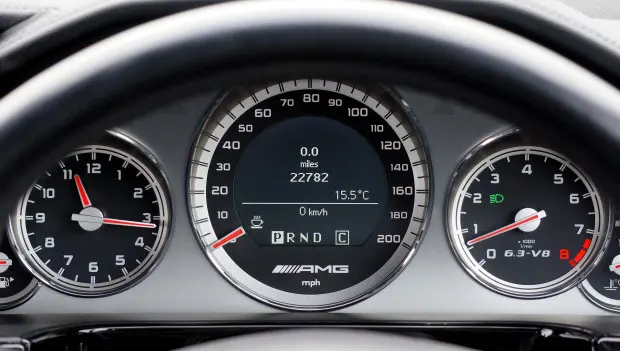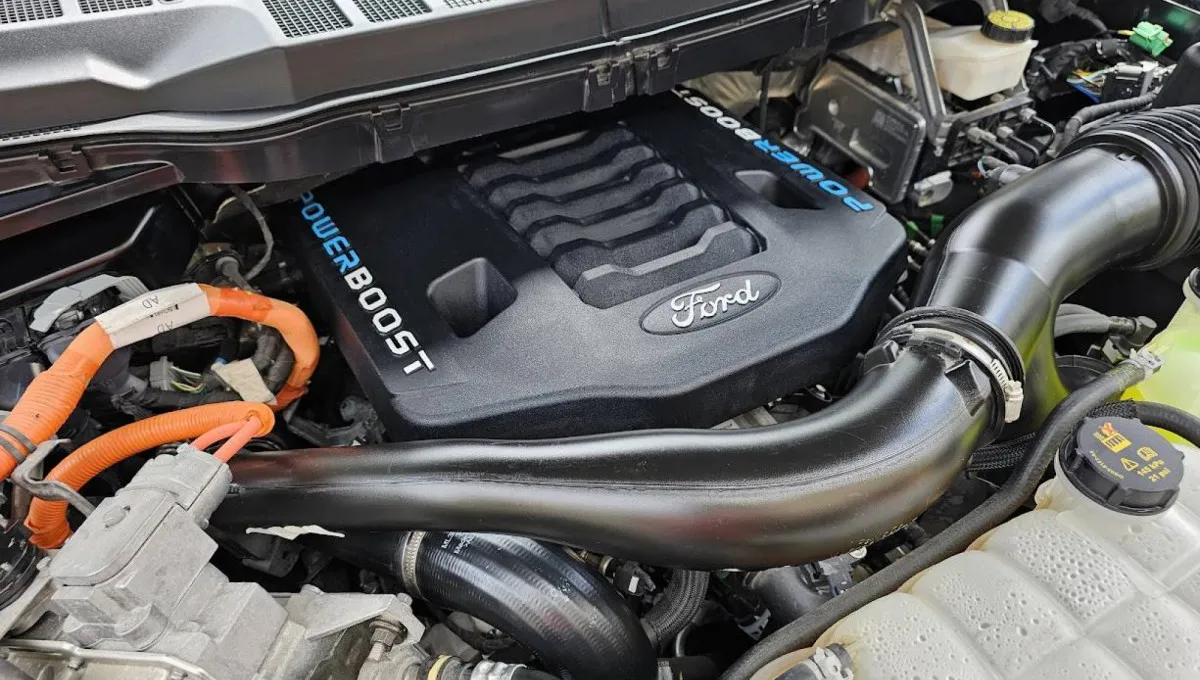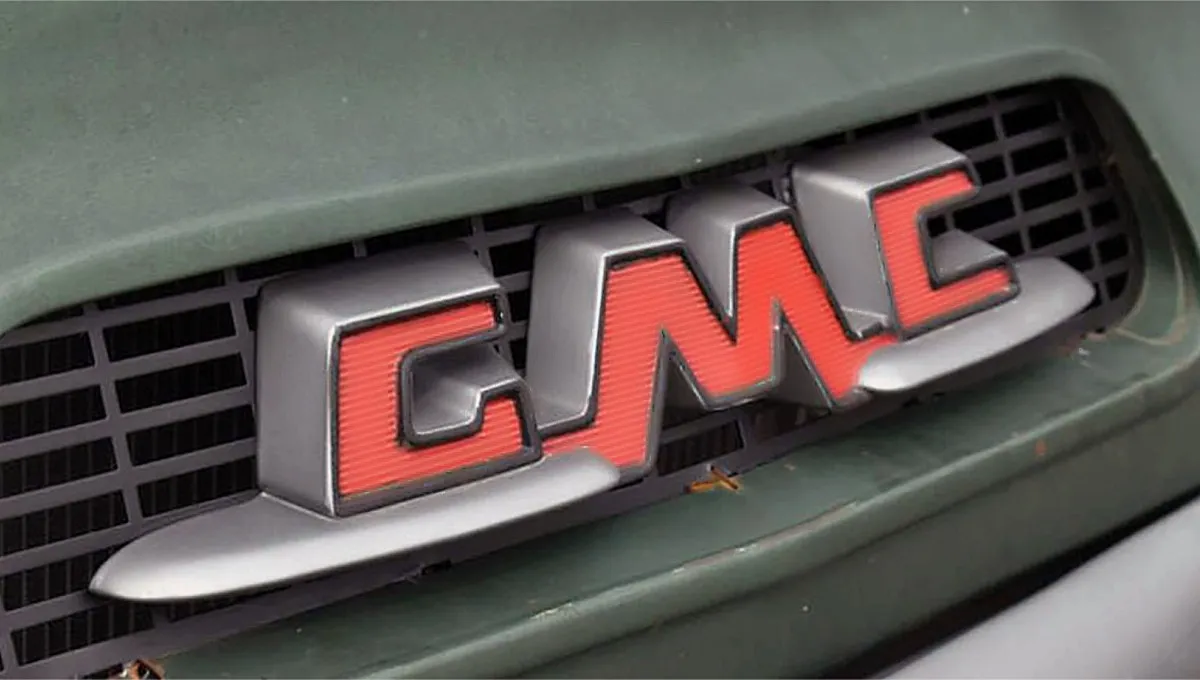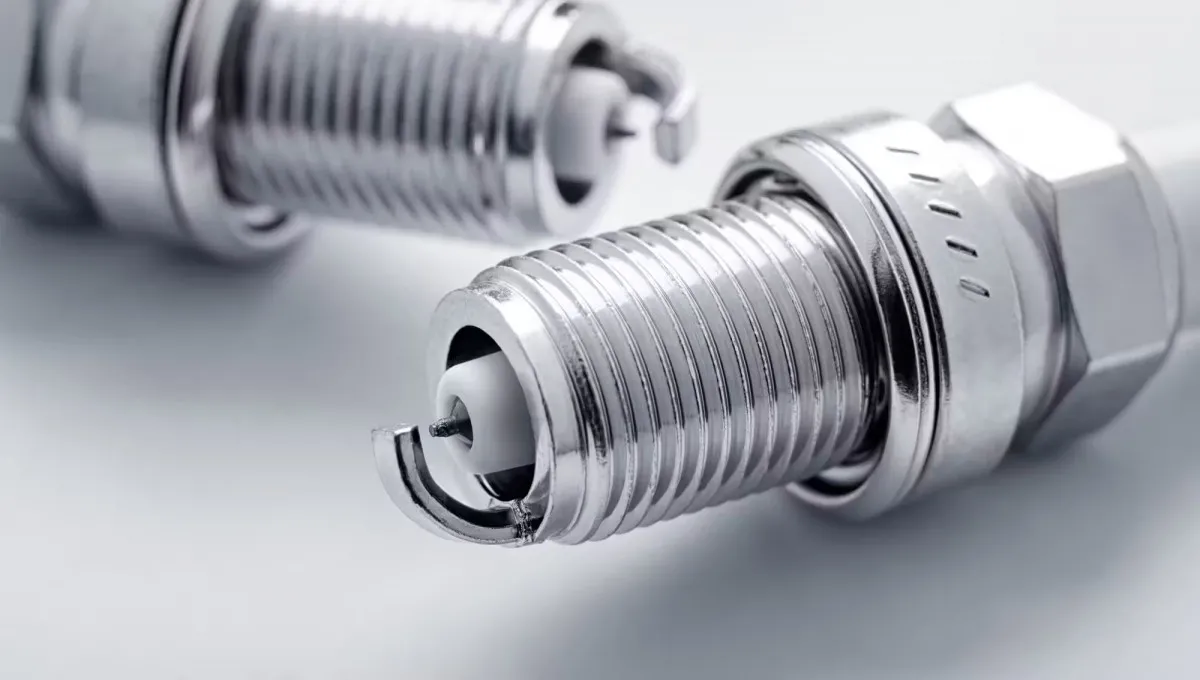The Road Becomes a Wallet Trap: How Your Car Starts Guzzling Gas by the Gallon
The vehicle was originally supposed to be an electric car.

Many drivers are ready to look for any way to save on trips. But in urban conditions, this is almost impossible: heavy traffic, gridlock, constant stops and starts make all efforts pointless. Even smooth driving in a city rarely delivers noticeable results.
The situation is completely different outside city limits. On open highways and country roads, drivers have room to maneuver: they can keep a steady pace, plan overtakes, and avoid sudden jerks. Under these conditions, fuel consumption actually goes down—sometimes by nearly a third.
Why the Highway Is More Efficient
The secret is in the engine’s steady operation. When a car moves evenly, energy isn’t wasted on constant acceleration and braking. Every little detail—steady speed, smooth maneuvers, lack of sudden jerks—adds up to significant fuel savings.
Comparison of Factors
| Factor | In the City | On the Highway |
|---|---|---|
| Acceleration and braking | Frequent | Rare |
| Average speed | Low | Steady |
| Traffic impact | High | Minimal |
| Fuel savings | Nearly impossible | Up to 30% |
Key Details That Affect Fuel Consumption
One hidden factor is tire pressure. If tires are overinflated or underinflated, the engine works under stress, and the rubber wears out faster. Checking the correct pressure is simple: manufacturers list it in the manual and duplicate it on a sticker inside the cabin or door frame.
Load also matters. A full trunk or several passengers in the back shift the car’s balance. In such cases, it’s worth slightly increasing pressure in the rear tires. This helps maintain handling and reduces engine strain.
Speed is directly tied to fuel use. The most efficient range is about 2,000 RPM in the highest gear. In this mode, the car maintains dynamics while burning minimal gas. But after 70 mph, things change: aerodynamic drag increases, and fuel disappears faster.
Step-by-Step Tips
- Check tire pressure every 2–3 weeks.
- Increase rear tire pressure when carrying a heavy load.
- Stay within 50–70 mph while keeping steady RPMs.
- Don’t keep windows open at high speed—they increase drag.
- Use the A/C: at highway speeds it’s more efficient than open windows.
Mistake → Consequence → Alternative
Mistake: Ignoring tire pressure.
Consequence: Fast tire wear and higher fuel consumption.
Alternative: Follow factory recommendations.
Mistake: Opening windows instead of using A/C.
Consequence: Worse aerodynamics and higher fuel use.
Alternative: Use climate control.
Mistake: Drafting behind a truck.
Consequence: High crash risk due to short distance.
Alternative: Keep a safe interval, save fuel with driving style.
Pros and Cons of Saving Methods
| Method | Pros | Cons |
|---|---|---|
| Tire pressure control | Fuel savings, longer tire life | Requires regular checks |
| A/C instead of open windows | Maintains aerodynamics | Adds load on the engine |
| Drafting behind trucks | Up to 8% savings | High accident risk, speed dependence |
| Smooth driving style | Up to 30% savings | Hard to achieve in city traffic |
FAQ
What’s the most fuel-efficient driving mode?
On the highway at 50–70 mph and around 2,000 RPM.
Is it worth saving by opening windows instead of using A/C?
No. At speed, windows increase drag more than A/C does.
How often should tire pressure be checked?
At least once a month, and always before long trips.
Myths vs. Facts
Myth: “A/C always uses more fuel.”
Fact: At speed, open windows increase drag even more.
Myth: “Tire pressure doesn’t affect fuel use.”
Fact: Deviation from the norm raises costs by 5–10%.
Myth: “You can safely save by driving behind a truck.”
Fact: The distance is too small and creates a crash risk.
3 Facts
- On the highway at steady speed, fuel use may drop by a third.
- Underinflated tires can raise fuel costs by up to 15%.
- Every 6 mph above 70 mph adds about 5% to fuel use.
You may also be interested in the news:

Why Modern Engines Hide Under Plastic — and What That Cover Really Does
Plastic engine covers: practical protection or just extra clutter? What every driver should know.

GM Built a One-of-a-Kind V12 in the ’60s That Weighed More Than a Classic Mini Cooper: Facts About a Retro Engine
A giant truck engine: why the V12 Twin Six became a legend — and the surprising facts behind it

Iridium vs. Platinum Spark Plugs: What Sets Them Apart in Today’s Cars
Iridium or platinum? The choice isn’t as obvious as it seems — and a few unexpected details can help you pick the right plugs for your engine.

How to Reset a Tire Pressure Warning Yourself: A Few Simple Methods
Helpful tips for drivers — several easy ways to reset a tire-pressure sensor warning.

How to Remove Scratches From Your Car’s Paint? Here’s the Fix — You Can Do It Yourself!
Over time, noticeable scratches inevitably start showing up on any car’s body. Here’s one way to remove them yourself.